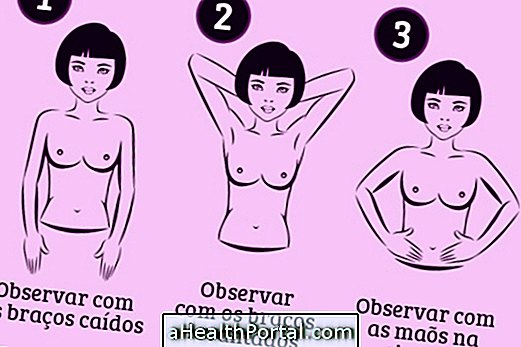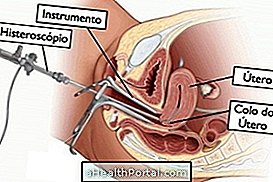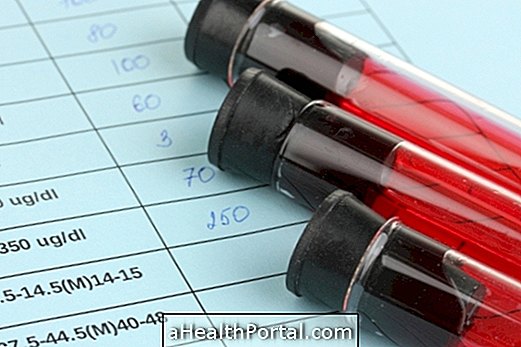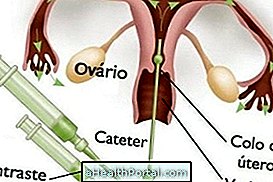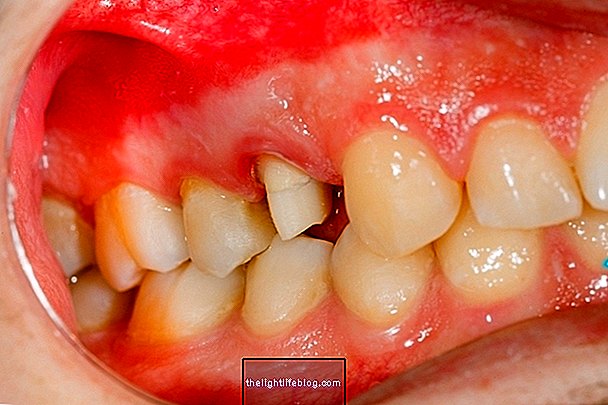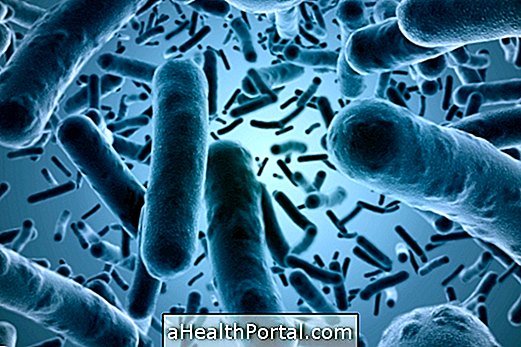PPD is the standard screening test to identify the presence of Mycobacterium tuberculosis infection and thus assist the diagnosis of tuberculosis. Usually, this test is done on people who have been in direct contact with patients infected by the bacteria, even if they do not show symptoms of the disease, due to the suspicion of a latent tuberculosis infection when the bacterium is installed but has not yet caused the disease. Learn about the symptoms of tuberculosis.
The PPD test, also known as a tuberculin test or Mantoux reaction, is done in clinical analysis laboratories through a small injection containing proteins derived from the bacteria under the skin, and should be evaluated and interpreted preferably by a pulmonologist so that the test can be done. diagnosis.
When PPD is positive there are great chances of being contaminated by the bacteria. However, only the PPD test is not sufficient to confirm or exclude the disease, so if your doctor suspects of tuberculosis, your doctor may order other tests, such as a chest x-ray or a sputum test for bacteria.
PPD exam results
The results of the PPD test depend on the size of the reaction in the skin, as shown in the image and therefore can be:
- Up to 5mm: in general, it is considered a negative result and, therefore, not indicating infection with the tuberculosis bacterium, except in specific situations;
- 5 mm to 9 mm: is a positive result, indicating infection by the tuberculosis bacteria, especially in children under 10 years of age who have not been vaccinated or vaccinated with BCG for more than 2 years, people with HIV / AIDS, with weakened immunity or have scars of tuberculosis on chest radiography;
- 10 mm or more: positive result, indicating infection by tuberculosis bacteria.
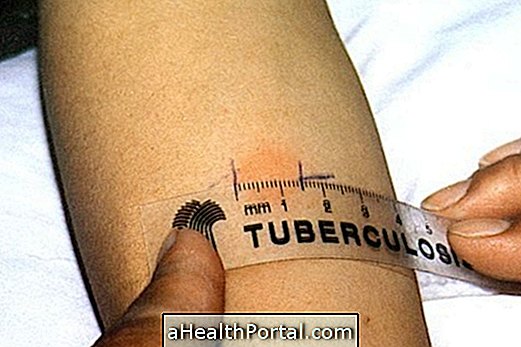
In some situations, the presence of a skin reaction greater than 5 mm does not mean that the person is infected with the mycobacterium tuberculosis. For example, people who have already been vaccinated against tuberculosis (BCG vaccine) or who have been infected with other types of mycobacteria may have a skin reaction when the test is performed and is called a false-positive result.
A false-negative result, in which the person has the infection by the bacteria, but does not form a reaction in the PPD, may occur in cases of people with weakened immunity, such as those with AIDS, cancer or immunosuppressive drugs, besides malnutrition, age greater than 65 years, dehydration or with some serious infection.
Because of the chance of false results, tuberculosis should not be diagnosed by examination alone. The pulmonologist should request additional tests for confirmation of the diagnosis, such as chest X-rays, immunological exams and smear microscopy, which is a laboratory examination in which the bacilli causing the disease are searched in the patient's sample, usually sputum. These tests should also be ordered even if the PPD is negative, since this examination alone can not be used to rule out the diagnosis.
How is the PPD exam done?
The PPD test is done in the laboratory of clinical analyzes by injection of a purified protein derivative (PPD), that is, of purified proteins that are present on the surface of the bacterium of tuberculosis. Proteins are purified so that the disease does not develop in people who do not have the bacteria, however the proteins react in people who are infected or have been vaccinated.
The substance is applied to the left forearm, preferably under the skin. After that, the person can return home, and go to the pulmonologist after 72 hours of application, which is the time when the reaction usually appears.
It is not recommended to take the PPD exam overnight or have other special care. It is recommended to inform the doctor if you are using any type of medication.
This test may be done on children, pregnant women, or people with compromised immune systems. However, it should not be done in people who have a chance of severe allergic reactions such as necrosis, ulceration or severe anaphylactic shock.
